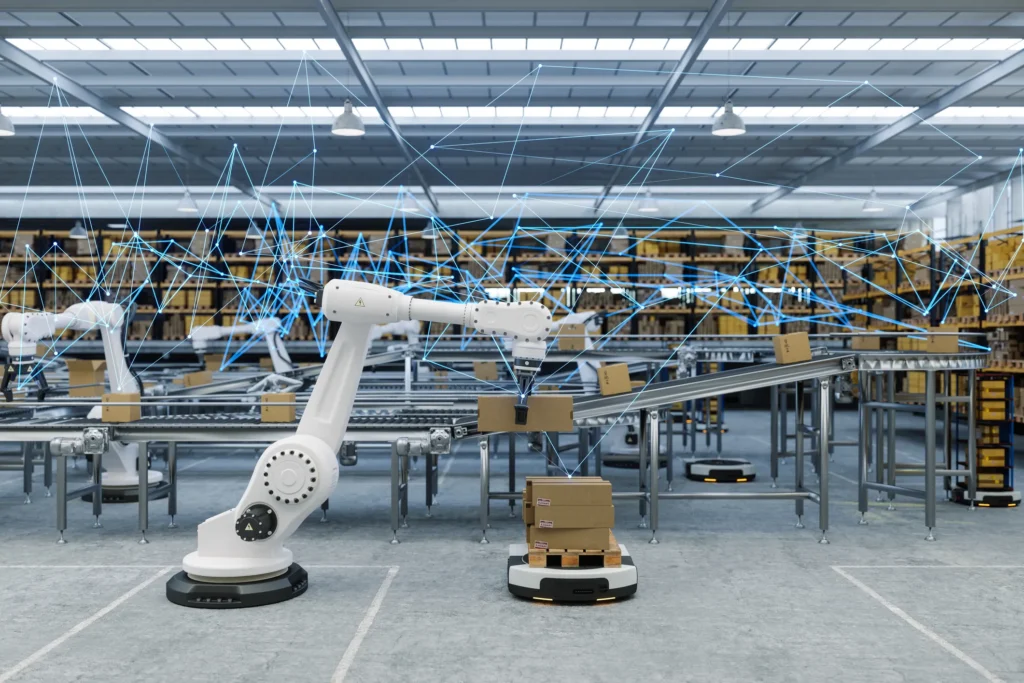With so much of daily life changing in response to the COVID-19 pandemic, one important aspect about internet traffic has remained largely the same—downstream is still the dominant path that data is traveling. While a greater reliance on applications like home video conferencing has focused more attention on the growth in upstream traffic, our time spent at home has resulted in significant dramatic increases in the delivery of video streaming traffic and general data demands, as people turn to the internet with increasing frequency as a source of information and entertainment.
People Consuming Data
Since the dawn of the commercial internet and the World Wide Web, consumers have viewed the internet as a sort of giant library. This has allowed them to ask fairly discrete questions via search (i.e. ‘Can you show me the plays of William Shakespeare?’), and to get fairly voluminous answers (originally a simple web page, but today full of rich video and audio content), as the hundreds of billions of dollars invested in internet networks have dramatically increased the speed and capacity of data that can be transmitted quickly and efficiently. Historically, cable broadband providers have doubled the capacity of their networks every 18-24 months, although that timeframe has accelerated during the COVID crisis.
As an example, back in 2010, when the delivery of streaming video files over the internet was largely in its infancy, the overall downstream-to-upstream traffic usage ratio was about 3 to 1. As consumers have increasingly turned to the internet for their video entertainment, the growth in downstream traffic has soared. Years later, when Netflix and other sources of internet-delivered video had become well established, the ratio of downstream to upstream traffic had become decidedly lopsided, or asymmetric, with total downstream traffic outpacing total upstream traffic by a ratio of 14 to 1 in 2019, according to CommScope. More recent data from Open Vault shows a similar consumption pattern with an estimated asymmetry ratio of 16 to 1 for April 2020.
Why Downstream is King
As technology has evolved, more powerful devices, networks and new applications like video conferencing and remote cameras have encouraged more local production of data that can be transmitted upstream and stored in the cloud. But despite these new capabilities and use cases, Americans are still voracious consumers of data and the vast majority of our internet usage still revolves around receiving data (with our eyes and ears) rather than producing and uploading it (with our computers and connected devices).
Even with the 20-30x surge in the use of video conferencing during the COVID crisis, our relative use of these kinds of applications is still small on a relative basis, meaning that while we may notice these shifts in usage as changes to our daily routines, to the network, the relative changes are not as pronounced. To some, this might seem counterintuitive given that the more time spent on video conferencing applications, the more symmetric and two-way in nature traffic would flow. But two factors help to explain this.
First, the most popular video conferencing apps are still relatively modest users of data. Video conferencing apps are optimized to maximize potential connections, often requiring only 1-2 Mbps, and often far less when a participant is not speaking, to support a stable video connection.
Second, while working and learning from home has led to increases in the use of upstream data, those increases continue to be overshadowed, if not dwarfed, by the disproportionate volume of downstream usage for teleworking, distance-learning, general information requests, and entertainment.
During worldwide stay-at-home orders, two asymmetric streaming video apps—Netflix and YouTube—made up more than a third of total traffic in the Americas. After adding in Amazon Prime, Hulu, Disney+, and HTTP media streaming, total video streaming of just these major video services comprised nearly half of total traffic in the Americas. These relative imbalances seem only likely to increase as faster connections and more data intensive video formats inevitably migrate from other delivery formats toward online delivery.
Predicting the Future
While its always difficult to predict the future, it’s a safe bet that over the next decade our eyes and ears will continue to consume more data over the internet than our mouths and fingers can produce. But as the cable industry continues to think about expanding the capabilities of its own networks through capital-efficient plans to take its current gigabit capable platform into a new 10G era that will support multi-gigabit two-way connections, our goal will continue to be set on building best-in-class networks that will be ready for anything that consumers need—downstream or upstream, asymmetric or symmetric, general purpose or specialty application.
The continued emergence of IoT and sensor networks with billions of devices connected to the internet may over time result in material changes to consumption trends and narrow the gap between the production (uploading) and consumption (downloading) of data. But as long as the internet’s principal function is to feed the voracious streaming and information consumption appetites of consumers, we should expect that the unbalanced pattern of downstream, asymmetric traffic will continue.









